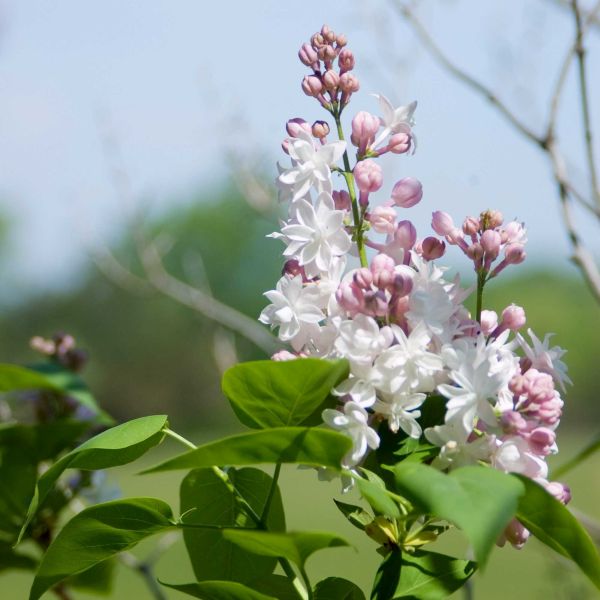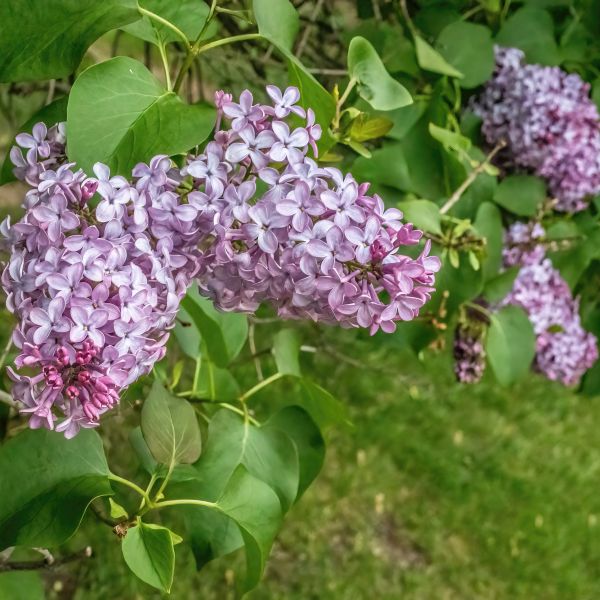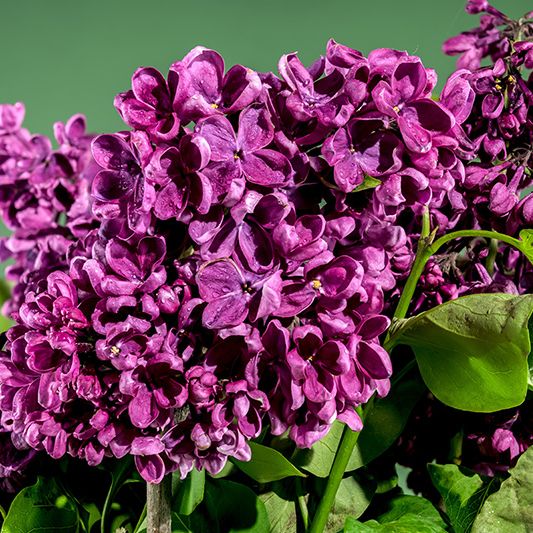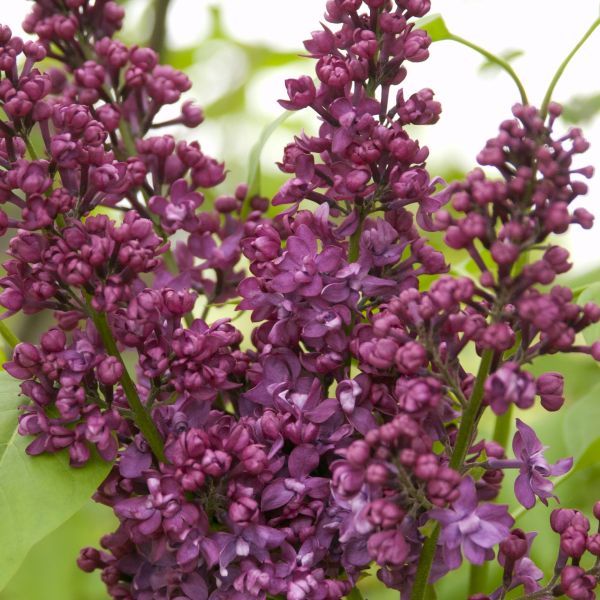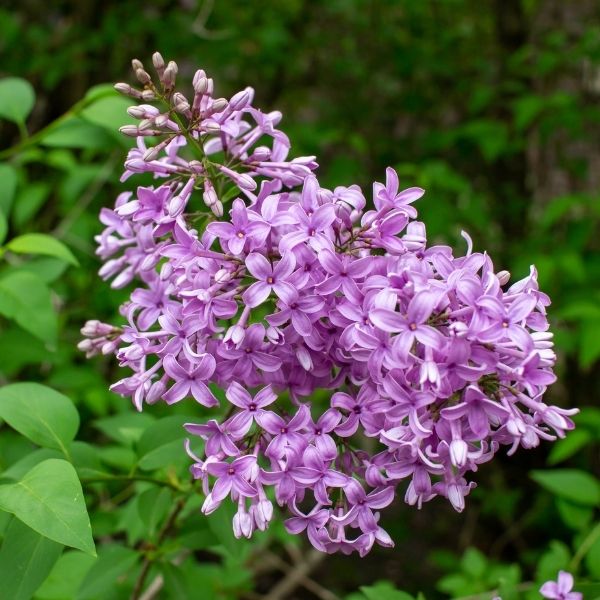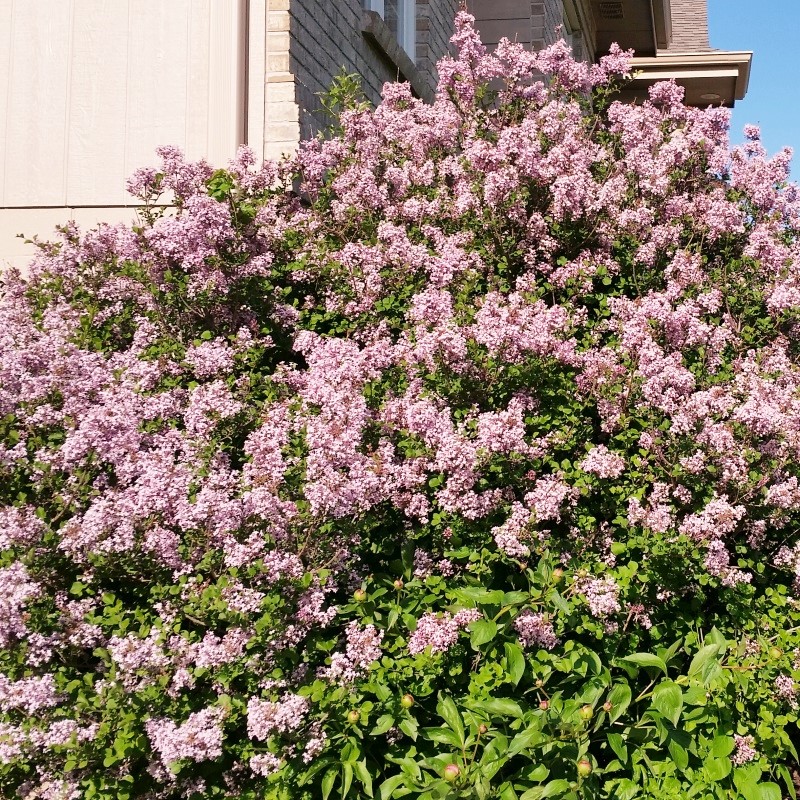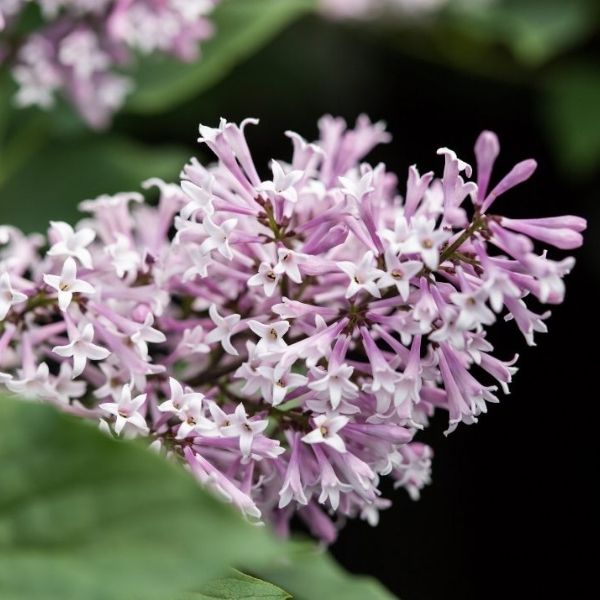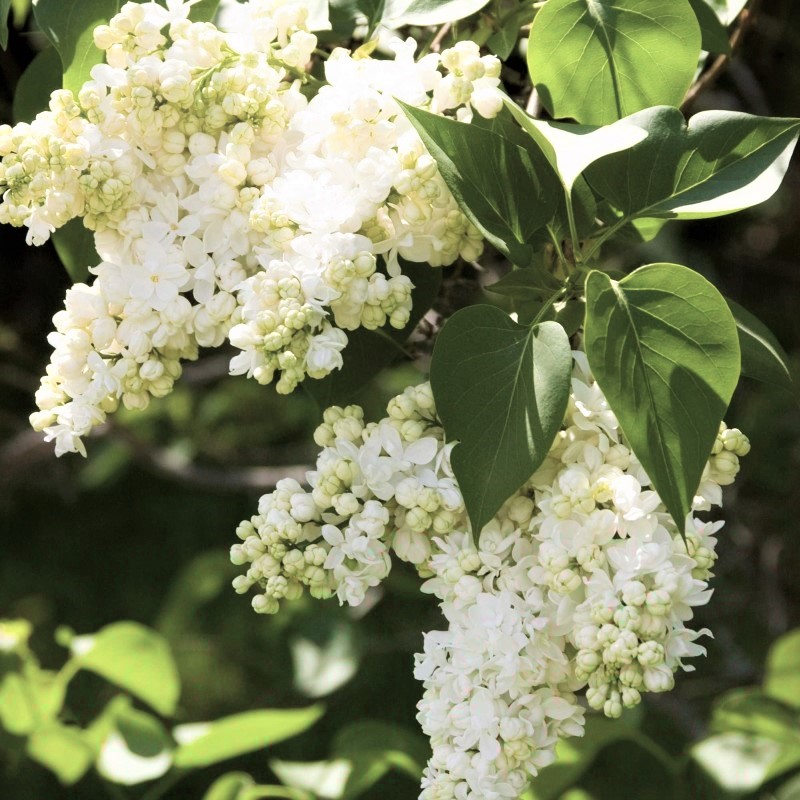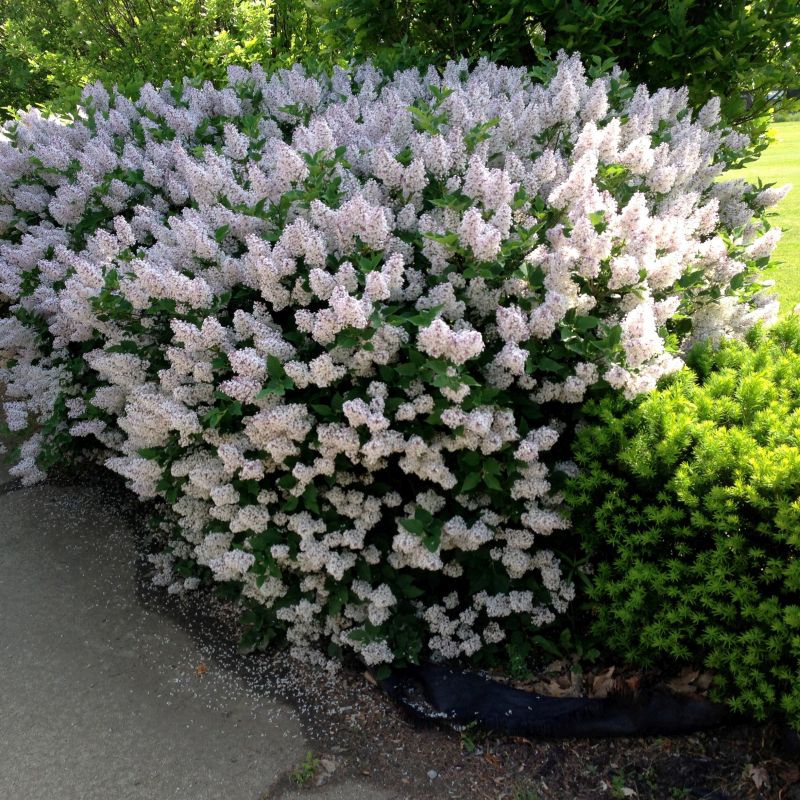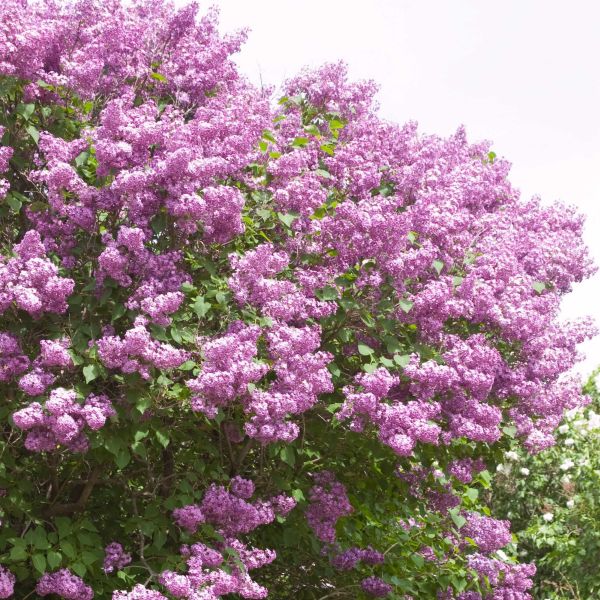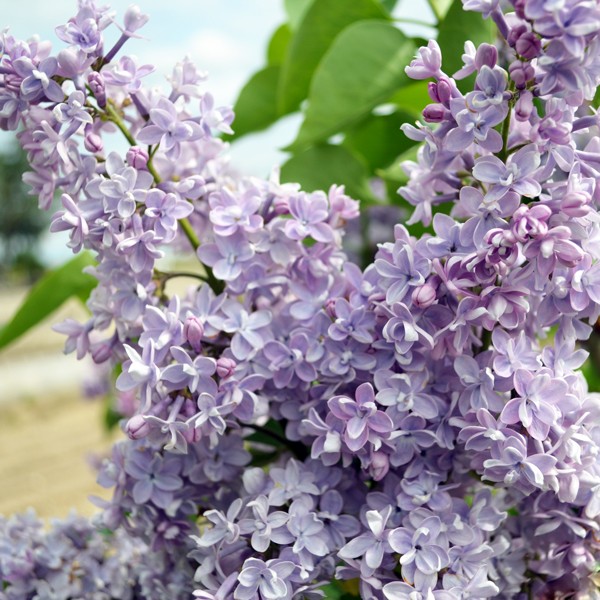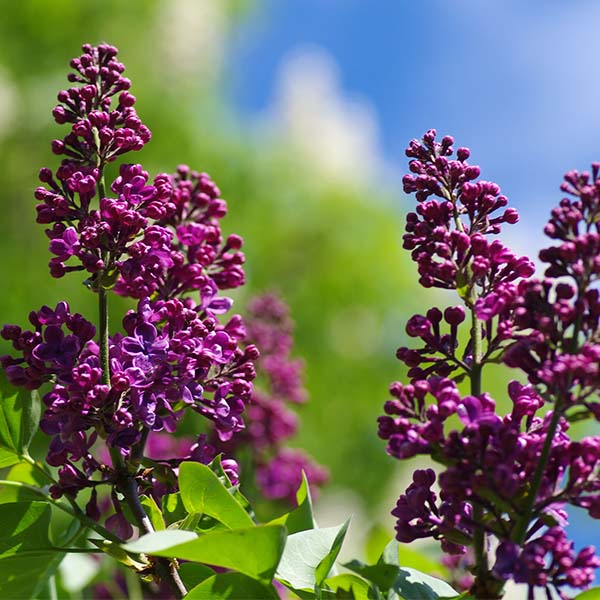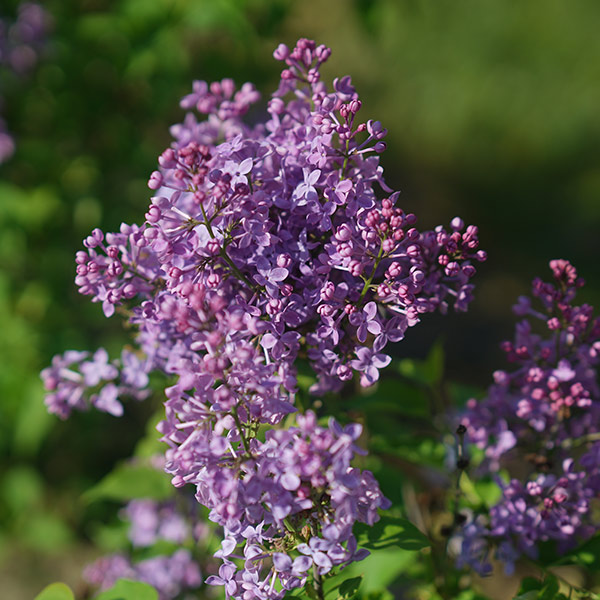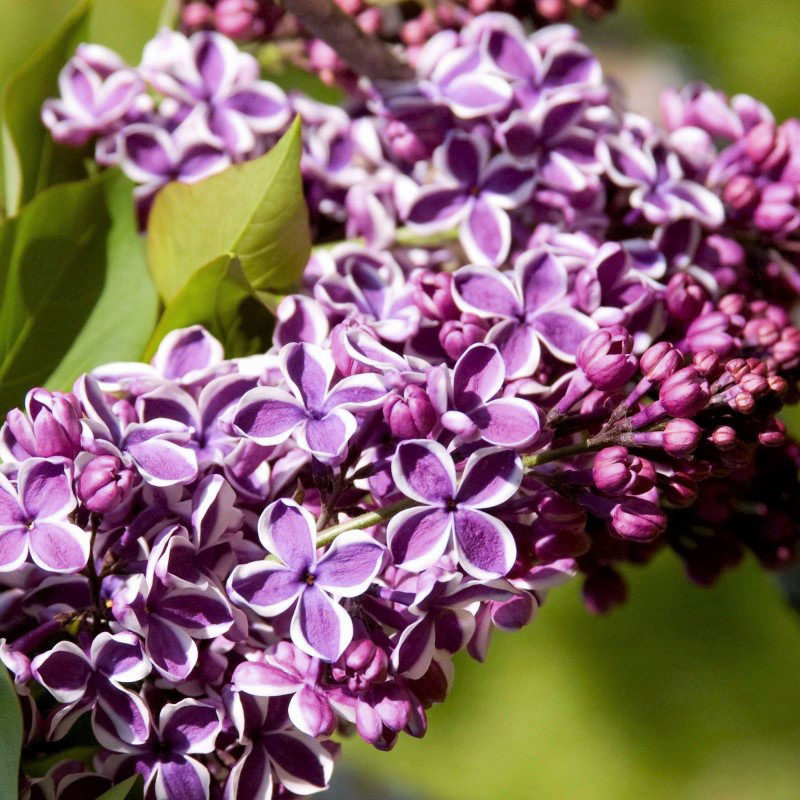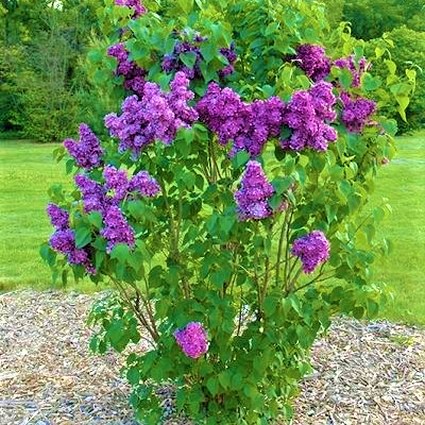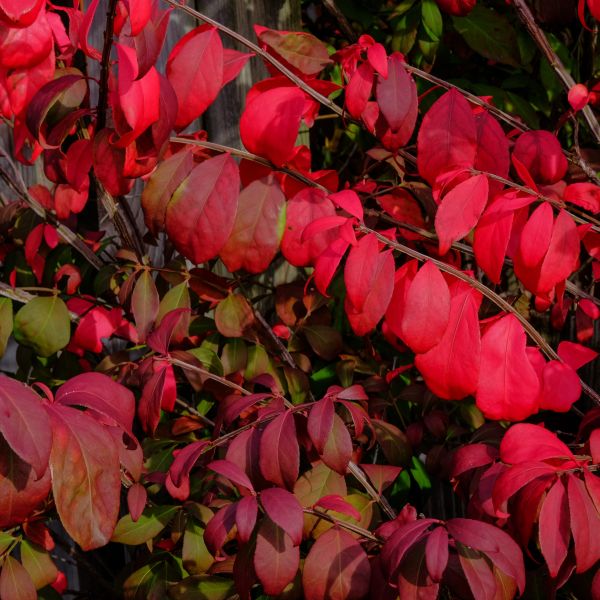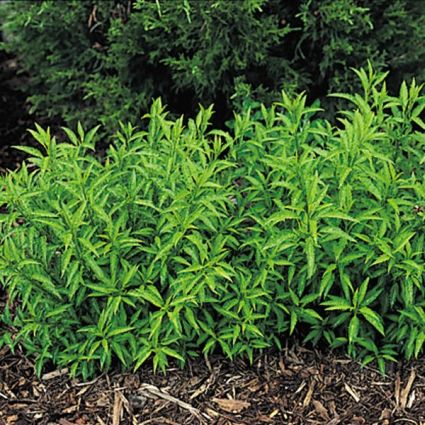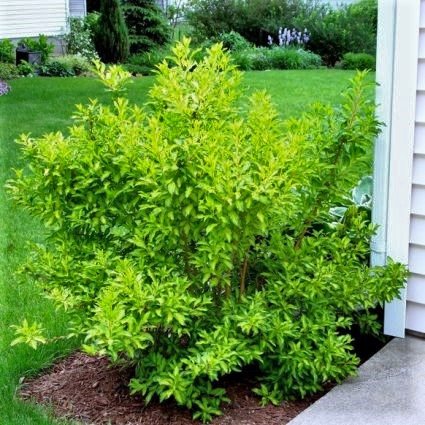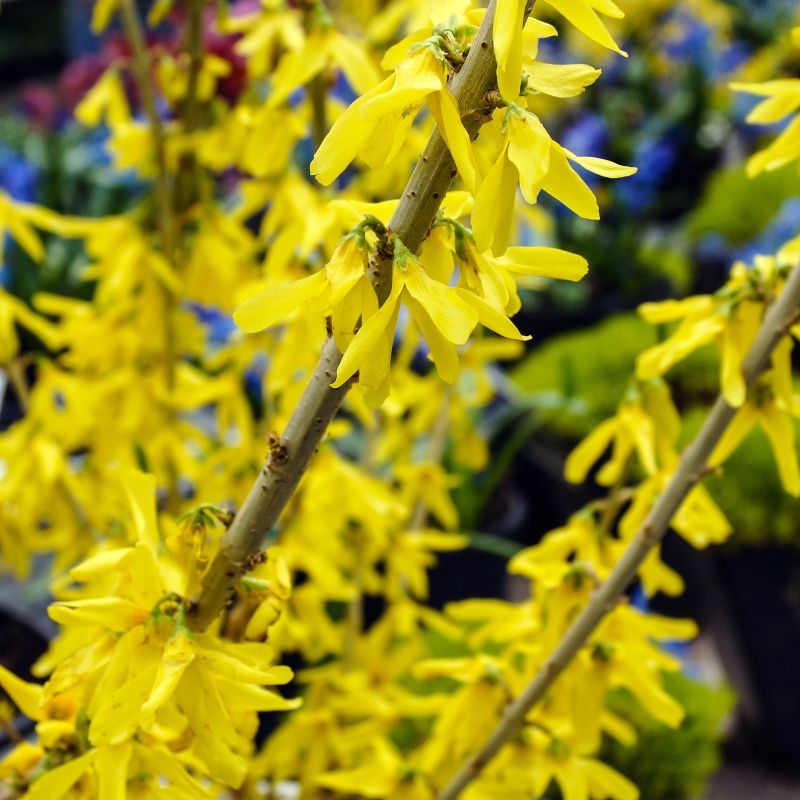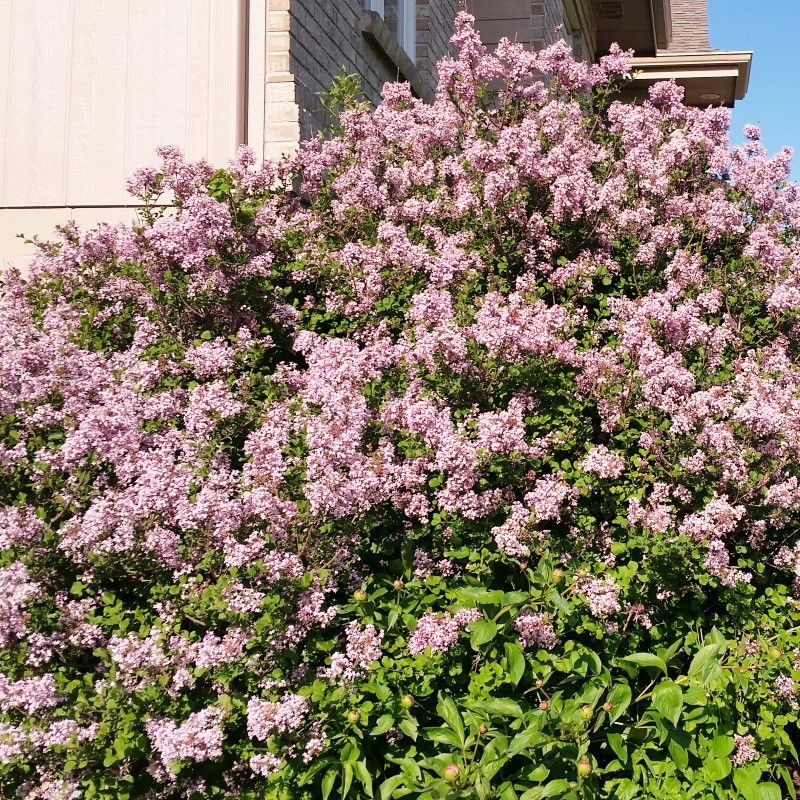
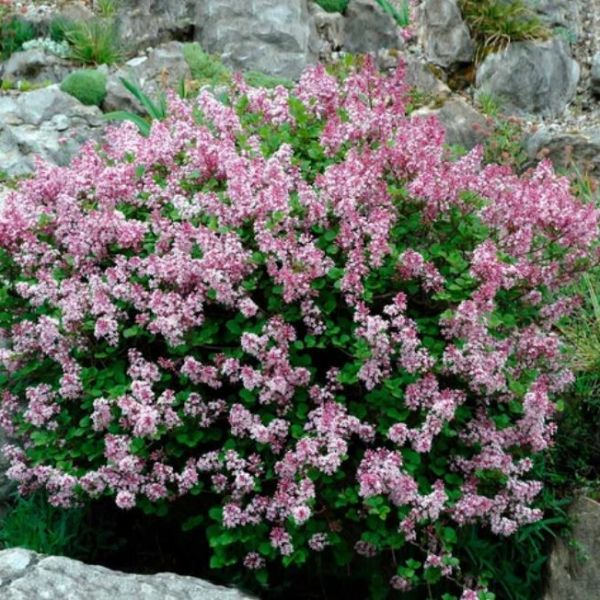
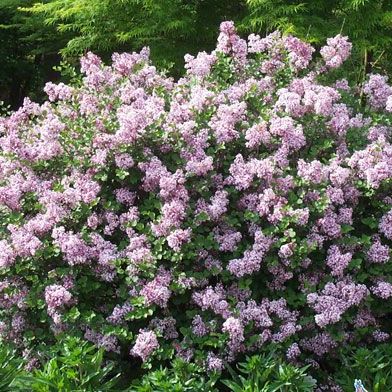
Dwarf Korean Lilac
Syringa meyeri 'Palibin'
20 reviews
Dwarf Korean Lilac
Syringa meyeri 'Palibin'
20 reviews
- Beautiful purple flowers that add color to any garden
- Compact size makes it perfect for small spaces or containers
- Fragrant blooms attract butterflies and bees
- Recommended by landscape designers for optimal fit in real yards
$90.00
$129.00
30% Off
- Ships to 43215 in 3 to 7 days
- Free Shipping Over $150
- Plant Arrival Guarantee
- In Stock
- Free Plant Consult
$200 - Landscape-Approved: Every Plant We Sell Comes With Design Expertise Behind It
- 2.5 Gallon
- 3.5 Gallon
Not just beautiful - intentionally selected by ShrubHub's 3D landscape design team to fit real-world spaces and maximize yard potential.
Why Dwarf Korean Lilac?
Dwarf Korean Lilac is a popular ornamental shrub due to its hardiness, beautiful flowers, and compact size. It grows up to 5 feet tall and wide, making it perfect for smaller gardens and landscapes. The plant produces fragrant, pale purple flowers in the spring and has dark green leaves that turn yellow in the fall. It requires minimal care, making it a low-maintenance option for homeowners looking for an attractive addition to their gardens.
People who loved this plant also bought
Sunlight
The Dwarf Korean Lilac requires full sun exposure in order to thrive and bloom properly.
Watering
The Dwarf Korean Lilac typically requires regular watering, especially during the summer months. It prefers moist, well-drained soil, so it is important to keep the soil consistently damp but not waterlogged.
Fertilizing
Dwarf Korean Lilacs require a well-balanced, slow-release fertilizer with a ratio of 10-10-10 or 14-14-14. It is recommended to apply the fertilizer in early spring before new growth begins and to avoid over-fertilizing, as it may lead to weak, lush foliag
Introducing the Dwarf Korean Lilac, a captivating shrub that will infuse your garden with delightful charm and fragrant beauty. Prepare to be enchanted by its petite stature and abundant blooms, as it becomes the centerpiece of your outdoor oasis.
Standing gracefully at a modest height of 3 to 4 feet, the Dwarf Korean Lilac brings a burst of color and elegance to any landscape. Its clusters of fragrant, lavender-purple flowers create a breathtaking spectacle that will leave you spellbound, while its glossy, dark green foliage adds a touch of sophistication to its overall appeal.
Versatility is a hallmark of the Dwarf Korean Lilac. Whether as a stunning border plant, a charming accent in a garden bed, or even in a decorative container, this compact shrub effortlessly adds a touch of allure to any space. Its manageable size and rounded form make it an ideal choice for smaller gardens or confined areas, ensuring that its captivating presence can be enjoyed by all.
Maintenance becomes a breeze with the Dwarf Korean Lilac. Pruning requirements are minimal, with a light shaping after blooming typically sufficient to maintain its tidy appearance. The shrub's excellent resistance to pests and diseases grants you peace of mind, allowing you to revel in its beauty without constant worry or effort.
But the true enchantment of the Dwarf Korean Lilac lies in its intoxicating fragrance. Prepare to be delighted as its sweet scent fills the air, creating a haven for butterflies and bees, drawn to its nectar-rich blossoms. Witness a symphony of pollinators, adding life and movement to your garden, while you bask in the delightful aroma that permeates your outdoor sanctuary.
Elevate your garden to new heights of beauty and charm with the Dwarf Korean Lilac. Order yours today and embrace the captivating journey that this extraordinary shrub offers. Let its abundant blooms and alluring fragrance weave a tapestry of serenity and elegance, transforming your garden into a sanctuary of natural splendor. Discover the magic of the Dwarf Korean Lilac and unlock a world of delightful enchantment.
Plant Information:
| Botanical Name: | Syringa meyeri 'Palibin' |
| USDA Zones: | 3 - 7 |
| Water: | Moderate |
| Exposure: | Full Sun |
| Soil Needs: | Well Drained |
| Mature Height: | 4 - 6 feet |
| Mature Spread: | 5 - 8 feet |

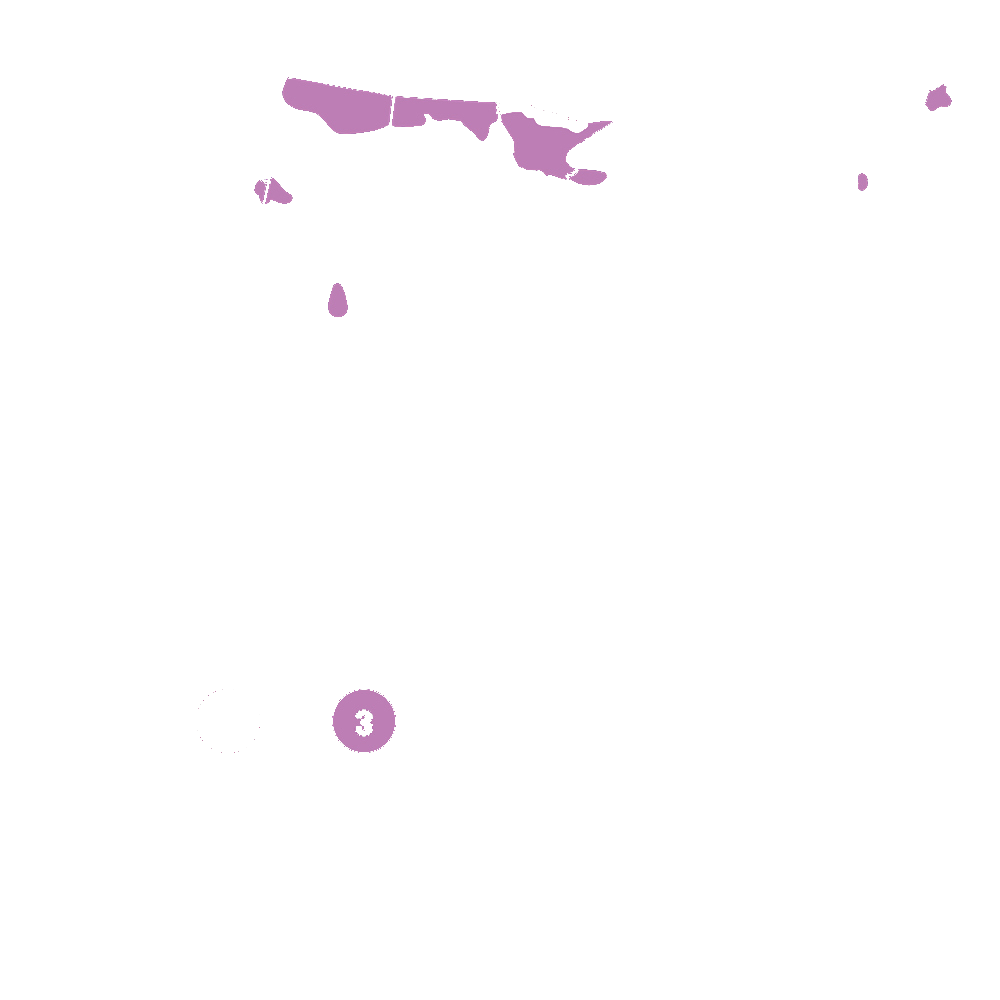




Pollination Info
Pollination Info for Dwarf Korean Lilac (Syringa meyeri 'Palibin')
- Pollination Method: Bees, butterflies, and other pollinators are attracted to the fragrant flowers of the Dwarf Korean Lilac. They transfer pollen from the male reproductive organs (anthers) to the female reproductive organs (stigma) of the flower, fertilizing the ovules and allowing for seed development.
- Self-Fertile: The Dwarf Korean Lilac is self-fertile, meaning it can produce viable seeds without the need for cross-pollination from another plant of the same species.
- Cross-Pollination: Cross-pollination of the Dwarf Korean Lilac can increase genetic diversity and improve overall plant health. Planting multiple Dwarf Korean Lilacs in close proximity can facilitate cross-pollination.
- Flowering Season: The Dwarf Korean Lilac typically blooms in mid to late spring, attracting pollinators during this time.
- Seed Production: After fertilization, the ovules of the Dwarf Korean Lilac develop into seeds within a capsule-like fruit called a pod. These pods mature and release their seeds in late summer to early fall.
FAQ
Dwarf Korean Lilac (Syringa meyeri 'Palibin') - FAQs
What is Dwarf Korean Lilac (Syringa meyeri 'Palibin')?
Dwarf Korean Lilac (Syringa meyeri 'Palibin') is a small deciduous shrub that produces fragrant, pale purple flowers in spring. It belongs to the lilac family and is native to Korea and China.
How big does Dwarf Korean Lilac (Syringa meyeri 'Palibin') grow?
Dwarf Korean Lilac (Syringa meyeri 'Palibin') grows up to 6 feet tall and wide at maturity. It is a slow-growing plant and takes several years to reach its full size.
When does Dwarf Korean Lilac (Syringa meyeri 'Palibin') bloom?
Dwarf Korean Lilac (Syringa meyeri 'Palibin') blooms in late spring or early summer, usually in late May or early June. The fragrant flowers last for about two weeks.
How does Dwarf Korean Lilac (Syringa meyeri 'Palibin') grow?
Dwarf Korean Lilac (Syringa meyeri 'Palibin') grows in an upright, dense form with a rounded shape. It has small, dark green leaves that turn yellow in fall. It prefers full sun to part shade and well-drained soil.
How do I care for Dwarf Korean Lilac (Syringa meyeri 'Palibin')?
Dwarf Korean Lilac (Syringa meyeri 'Palibin') is a low-maintenance plant that requires little care. Water it regularly during dry spells, especially during the first few years after planting. Prune it in late winter or early spring to maintain its shape and remove any dead or damaged branches. Fertilize it in spring with a balanced fertilizer.
Can Dwarf Korean Lilac (Syringa meyeri 'Palibin') be grown in containers?
Yes, Dwarf Korean Lilac (Syringa meyeri 'Palibin') can be grown in containers, but it may not bloom as profusely as it would in the ground. Choose a large container with drainage holes and fill it with well-draining soil. Water it regularly and fertilize it in spring and summer.
Is Dwarf Korean Lilac (Syringa meyeri 'Palibin') deer-resistant?
Yes, Dwarf Korean Lilac (Syringa meyeri 'Palibin') is deer-resistant, meaning that deer don't usually eat it. However, this doesn't mean that it is completely immune to deer damage, especially during periods of high deer pressure.
Can Dwarf Korean Lilac (Syringa meyeri 'Palibin') be propagated?
Yes, Dwarf Korean Lilac (Syringa meyeri 'Palibin') can be propagated by taking softwood cuttings in early summer or by layering in spring or fall. It can also be propagated by seed, although this method is less reliable.
Planting & Care
Planting & Care for Dwarf Korean Lilac (Syringa meyeri 'Palibin')
Planting
- Choose a location with well-draining soil and full sun (at least 6 hours per day).
- Dig a hole that is as deep as the root ball and twice as wide.
- Place the plant in the hole and backfill with soil, gently tamping down to remove air pockets.
- Water the plant thoroughly.
Care
- Water the plant deeply once a week, making sure the soil is moist but not waterlogged.
- Mulch around the base of the plant to retain moisture and suppress weeds.
- Prune in late spring after blooming, removing any dead or damaged wood and shaping the plant if needed.
- Fertilize in early spring with a balanced, slow-release fertilizer.
Dwarf Korean Lilacs are generally low-maintenance and disease-resistant. With proper care, they can thrive and provide gorgeous blooms in the springtime.
Check Out These Verified Customer Reviews:
Customer Reviews
4.7 out of 5 based on 20 reviews
Thank you! Your review has been submitted.
The Dwarf Korean Lilac is thriving in my garden. Very satisfied with my purchase.
Fast shipping, well packaged
The website was easy to navigate and the ordering process was smooth.
Item has been added to your cart.



